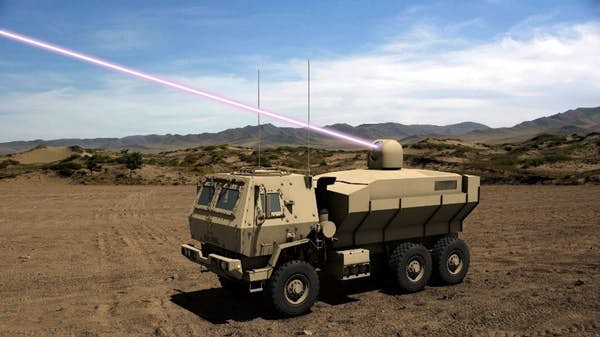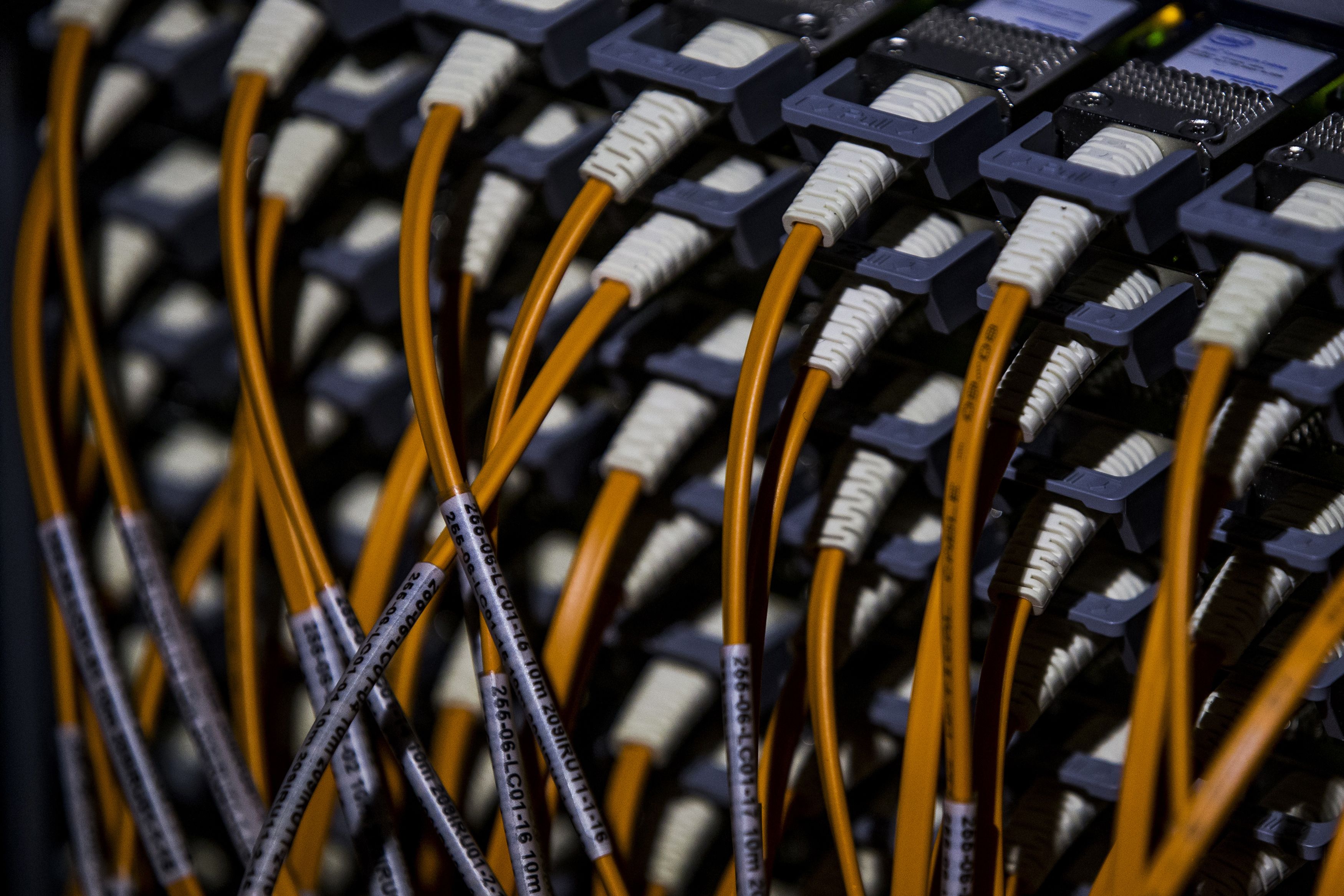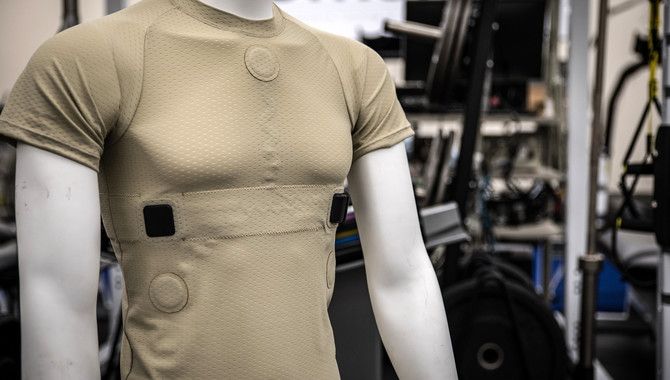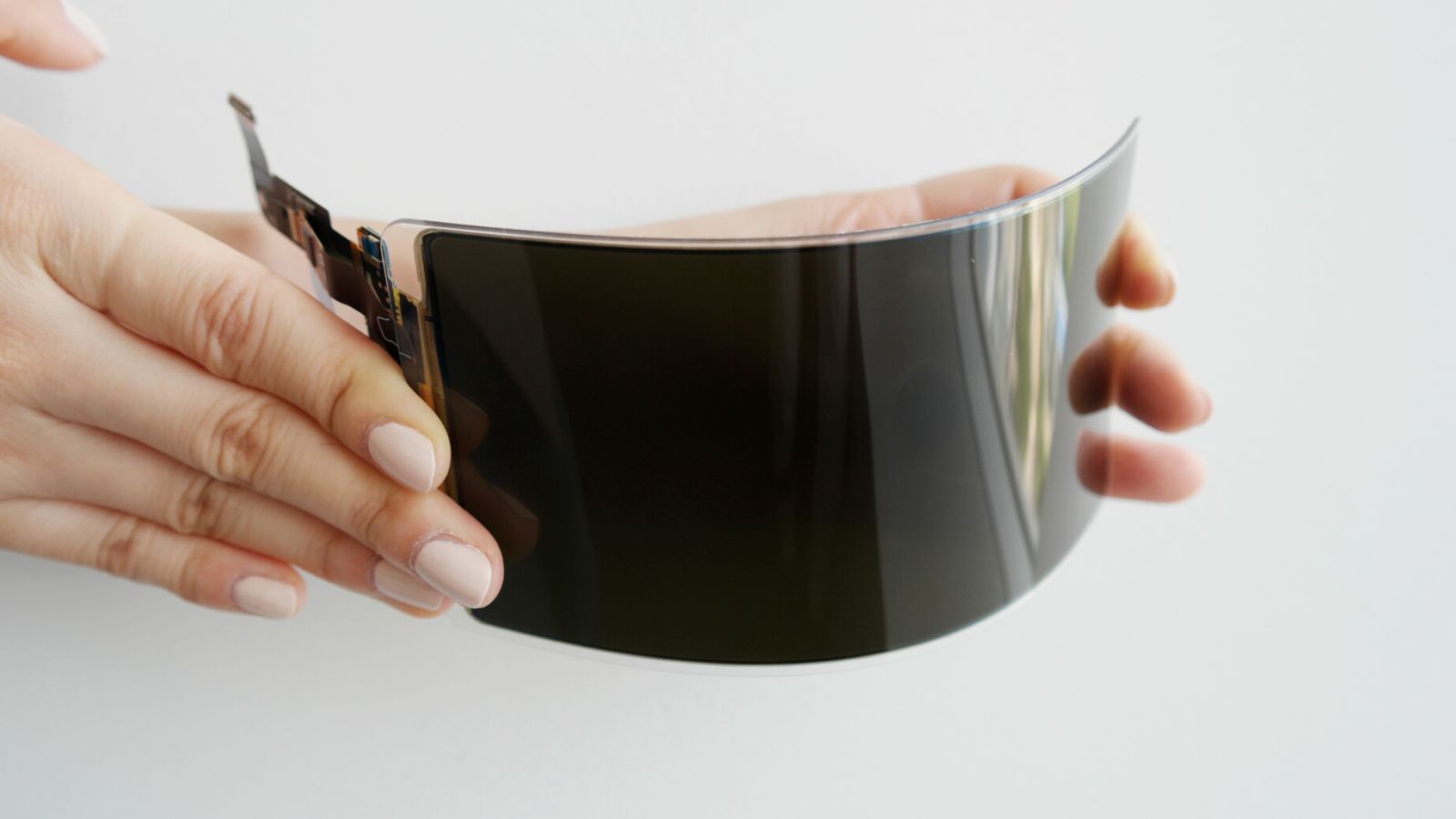The US Army is moving forward with a new 100-kW laser weapon, awarding US$10 million to Lockheed Martin and Dynetics to continue development of the High Energy Laser Tactical Vehicle Demonstrator (HEL TVD). Designed to counter low cost, high volume threats, the new mobile battlefield laser is the latest in the American effort to produce incrementally more powerful and accurate directed energy weapons.
Category: military
Meteors could be a possible trigger of the nuclear war.
Data from NASA’s Jet Propulsion Laboratory shows a record of an object of unspecified size traveling at 24.4 kilometers per second (about 54,000 mph, or Mach 74) at 76.9 degrees north latitude, 69.0 degrees west longitude, on July 25 at 11:55 p.m. That latitude and longitude checks out as almost directly over Thule, Greenland.
There is. Our engagement with AI will transform us. Technology always does, even while we are busy using it to reinvent our world. The introduction of the machine gun by Richard Gatling during America’s Civil War, and its massive role in World War I, obliterated our ideas of military gallantry and chivalry and emblazoned in our minds Wilfred Owen’s imagery of young men who “die as Cattle.” The computer revolution beginning after World War II ushered in a way of understanding and talking about the mind in terms of hardware, wiring and rewiring that still dominates neurology. How will AI change us? How has it changed us already? For example, what does reliance on navigational aids like Waze do to our sense of adventure? What happens to our ability to make everyday practical judgments when so many of these judgments—in areas as diverse as credit worthiness, human resources, sentencing, police force allocation—are outsourced to algorithms? If our ability to make good moral judgments depends on actually making them—on developing, through practice and habit, what Aristotle called “practical wisdom”—what happens when we lose the habit? What becomes of our capacity for patience when more and more of our trivial interests and requests are predicted and immediately met by artificially intelligent assistants like Siri and Alexa? Does a child who interacts imperiously with these assistants take that habit of imperious interaction to other aspects of her life? It’s hard to know how exactly AI will alter us. Our concerns about the fairness and safety of the technology are more concrete and easier to grasp. But the abstract, philosophical question of how AI will impact what it means to be human is more fundamental and cannot be overlooked. The engineers are right to worry. But the stakes are higher than they think.
Wearable medical technology is designed to be small and lightweight to minimize additional burden on medical Airmen and the warfighter, whether they are on a remote battlefield or aboard an aircraft.
“Wearables provide greater accessibility,” said Dr. David Burch, a research biomedical engineer and the medical technology solutions team lead for the En Route Care Medical Technology Solutions Research Group, 711th HPW. “An aircraft has a very tight space and weight limit to maintain performance, and battlefield medics need to carry everything they use. Wearables provide accessibility to the human in a way that is better form, fit, and function.”
One wearable device that achieves that accessibility is a tissue oxygenation sensor, developed jointly with a private company. This small, soft, injectable sensor lets medics determine if a patient is able to be medically evacuated by assessing how well their blood transports oxygen to tissue.
Samsung proudly announced today that its “unbreakable smartphone panel” has been certified by Underwriters Laboratories (UL). This means this ultra durable display is much closer to very profitable things like military and automotive contracts. But let’s be serious. Somebody’s gonna find a way to break this thing, and I hope it’s me.
The new display owes its anti-destructive tendencies to a couple of innovations. Samsung says that the OLED panel has “an unbreakable substrate.” (A substrate is basically the coating that holds the display’s organic material, cathodes, and diodes together.) Additionally, the Samsung display uses a flexible new type of plastic that won’t crack like glass. So you can supposedly drop it, smash it, and bend it without breaking the display.
A new Russian video may show a ‘doomsday machine’ able to trigger 300-foot tsunamis — but nuclear weapons experts question why you’d ever build one
Posted in existential risks, military | Leave a Comment on A new Russian video may show a ‘doomsday machine’ able to trigger 300-foot tsunamis — but nuclear weapons experts question why you’d ever build one









